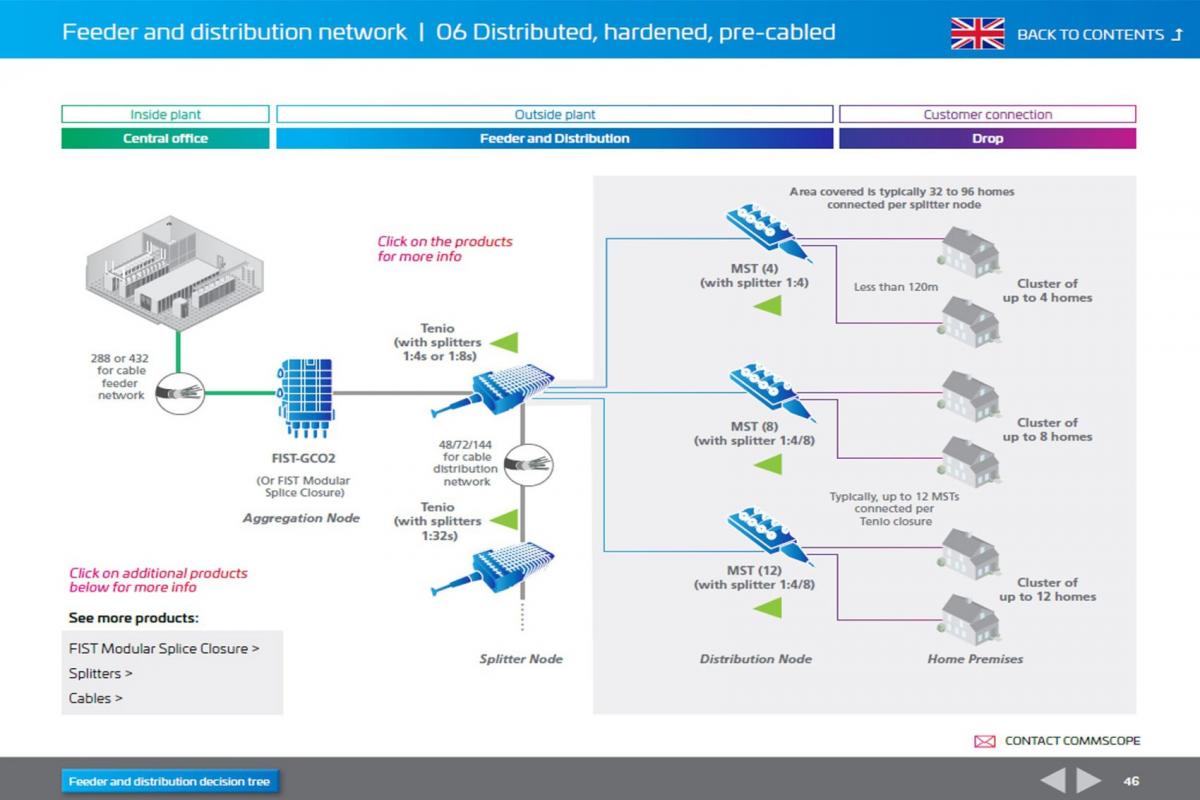Despite ongoing investment, Britain still lags behind much of the Organisation for Economic Co-operation and Development (OECD) countries when it comes to fibre infrastructure. As the world’s fifth-largest economy, it ranks 35th out of the 37 OECD countries for the proportion of fibre in its total fixed broadband infrastructure. Today, much of the nation’s telecom infrastructure still relies on legacy copper running to curbside cabinets. Fibre is a growth engine for the UK, and by investing in smart innovation, the nation has increased opportunity to shape global competitiveness in a digitally managed world.
The nation’s key incumbent providers have worked closely with the government to try and close the gap, with the two largest committing more £16 billion to the effort. Still, these investments may not be enough to make the required impact as Britain’s high number of low-density, rural communities makes running fibre to the premise extremely time-consuming and expensive.
AltNets have been a part of Britain’s ISP landscape for more than a decade. During the last few years, they have emerged as a powerful force behind Britain’s fibre broadband development. With some creative support from industry partners like CommScope, the independent network providers are helping the UK to catch up with the rest of Europe.
The Rise of the Altnet
2019 saw tremendous growth, not only in the number of AltNet projects, but in the number of fibre-connected homes across Britain. The majority of these deployments use ultrafast fibre-to-the-premise technology. Looking forward, the momentum is expected to increase. INCA projects 2.4 million additional premises will be passed by the end of 2020 and 15.7 million premises by the end of 2025iii.
INCA also anticipates the number of premises passed by full fibre infrastructure supplied by AltNets will rise to nearly 14.25 million homes and business, covering half of the UK’s population.
Filling the technical resource gap
Despite delivering impressive results, Britain’s AltNets face considerable headwinds. Most lack the deep pockets needed to fund long-term network growth, alongside the cost and time involved in network planning, which is growing ever more complex. New topologies, the impact of 5G and the need for increased capacity create more decisions to be considered during network planning – and such complexity can result in time-to-market and the cost of network changes rising significantly.
To help AltNets address these challenges, while meeting their compressed schedules, CommScope developed the FTTH ePlanner. The ePlanner is a UK-specific planning tool that guides network designers through the various steps and decisions in the network planning process.

The ePlanner helps engineers quickly identify the best network design topology for any project. At the end of the process, the tool can be used to help the project team create a detailed bill of materials (BOM). Engineers provide input regarding demography type and density, take-up rate business case and any infrastructure constraints. The tool then walks the engineer through the various network design aspects that need to be considered, and explains the available options and the pros and cons of each. Specific areas covered include: 17 possible network topology options, from the central office to the customer premise Infrastructure deployment, such as standard trenching, poles, utility infrastructure, etc. Standard and hardened connectivity options Connectorisation type: pre-terminated, spliced and field-terminated Traditional versus rapid MDU topology After working through the decision tree, the ePlanner provides the recommended topology, optimised cluster size, physical deployment options, and actives utilisation for the best-case scenario. The user can also generate a detailed BOM to be used in estimation. The completely virtual ePlanner also considers key regulatory and standards-based requirements that may affect the design. The goal is to help AltNets reduce the amount of time and cost involved in developing and deploying their fibre networks.
Network planning moves centre-stage
As the fibre roll-out across Britain continues, expect planning tools like the ePlanner to become increasingly important. Evolving business models, like open access networks, emphasize the need to reduce time-to-market and development cost. In an open access approach multiple service providers lease wholesale services from the network infrastructure owner. The faster the network can turn up services, the better for everyone. Open access networks are just one of many business use-cases for quality network planning tools. While there is still a long way to go before the UK reaches its goal of full fibre coverage, there is cause for optimism. The recent strides made by AltNets, coupled with the strength of the incumbents, appear to be moving the country in the right direction.

